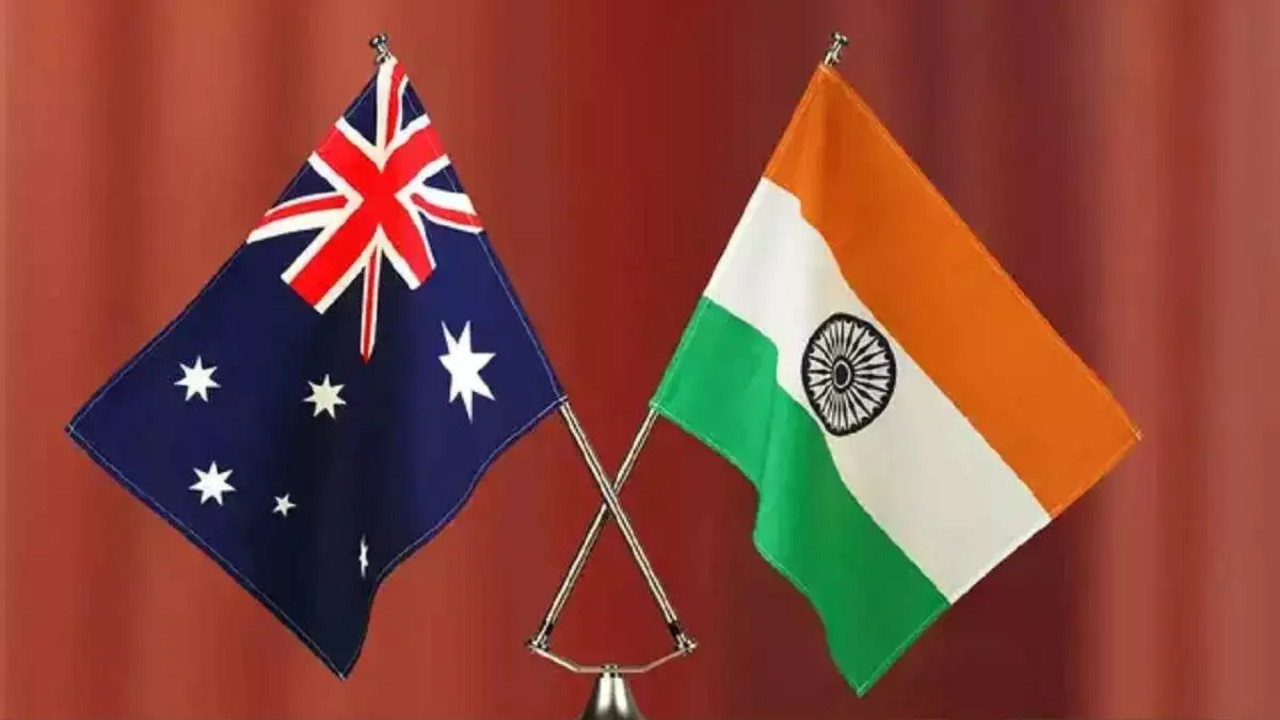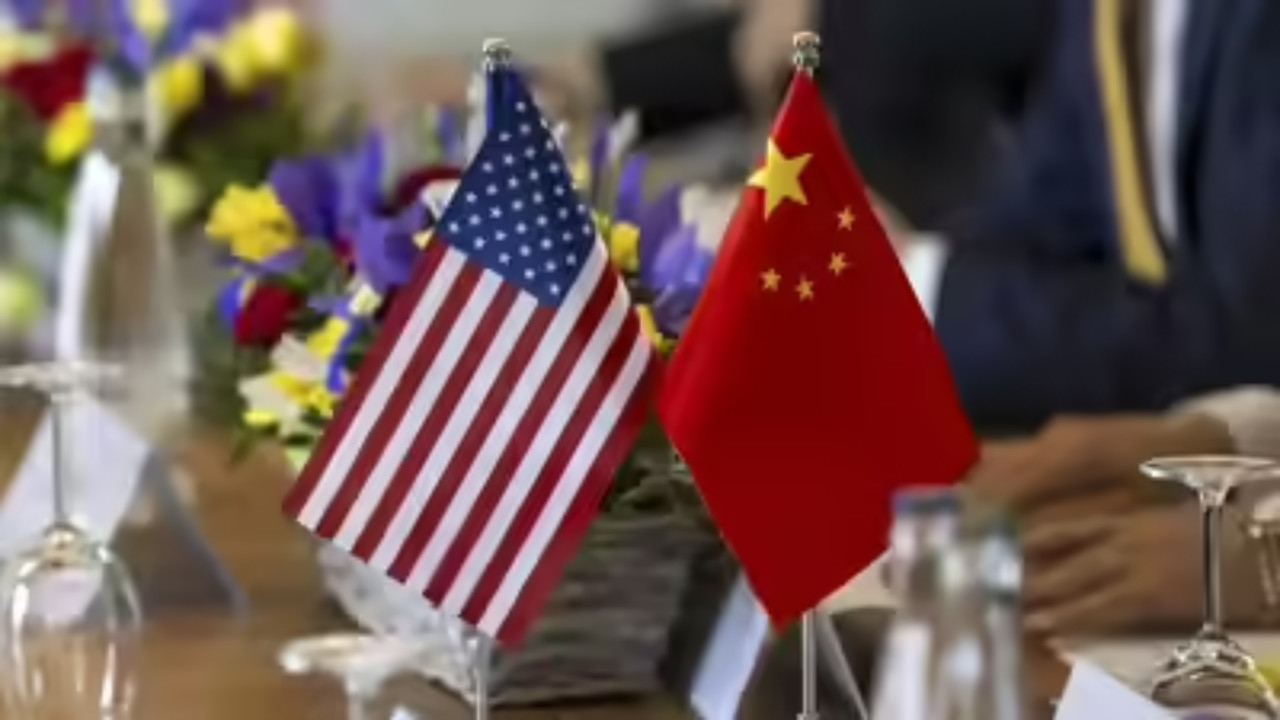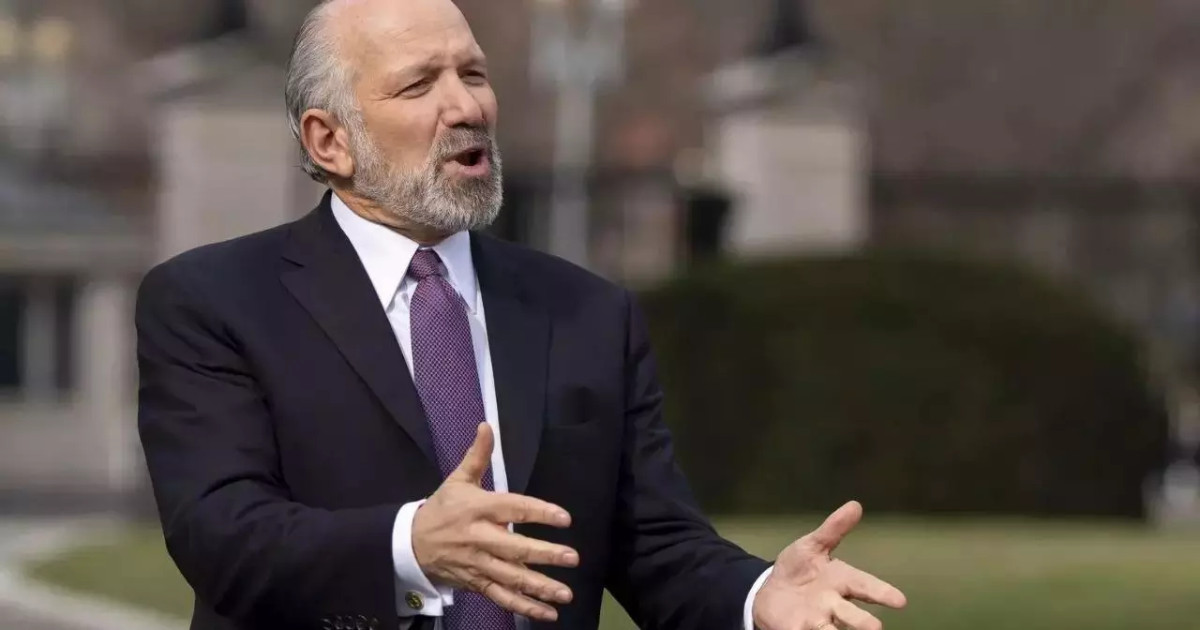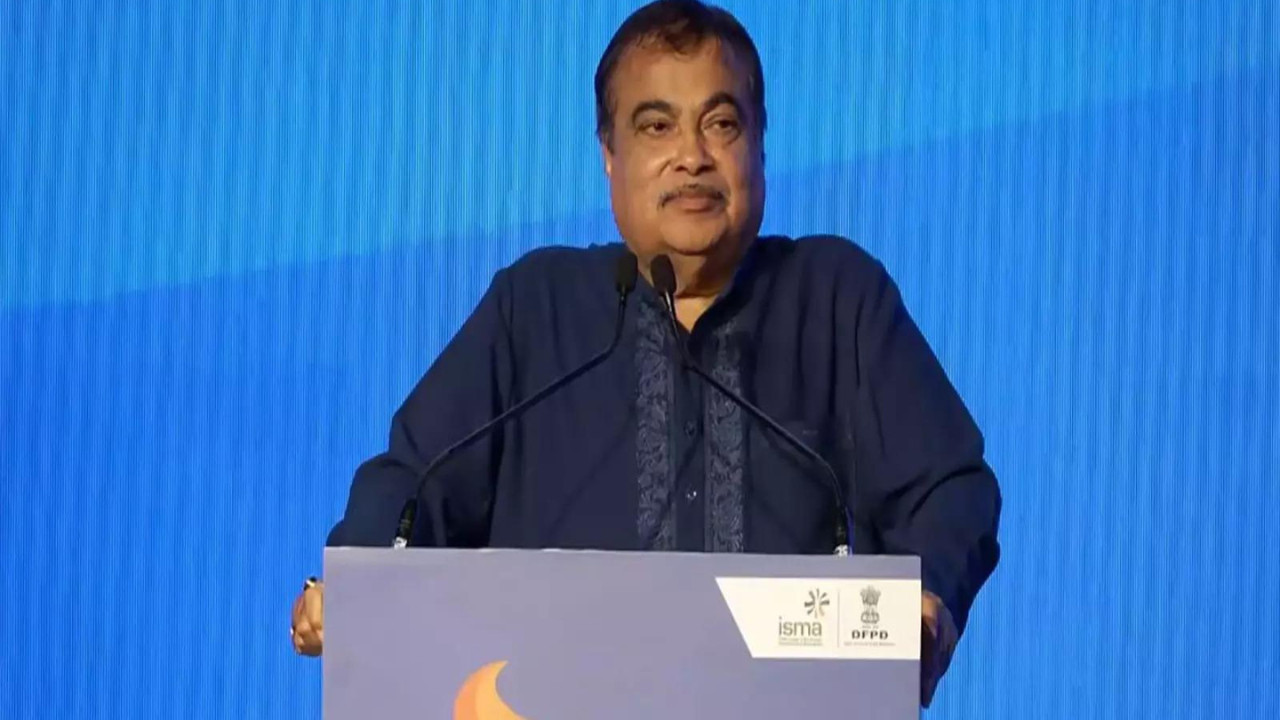India has declined Australia’s request for lower tariffs on dairy and alcohol. This move has caused a delay in the second phase of their trade agreement. The primary disagreements revolve around dairy and wine tariffs. India is concerned about the impact on its farmers and domestic industries. Despite this, both countries remain committed to progressing the trade pact.
Navigating the India-Australia Trade Winds: A Shift in Course?
Remember the fanfare? The headlines blaring about a new era of Indo-Australian collaboration as the Economic Cooperation and Trade Agreement (ECTA) took flight? While the initial phase has undoubtedly opened doors for both nations, whispers of turbulence are now swirling as negotiations for the second phase of the Broad-Based Trade Agreement (BTA) hit a snag.
The heart of the matter? India’s reluctance to concede further tariff reductions on dairy and wine, two sectors near and dear to Australian producers. It’s a move that’s raised eyebrows and prompted a delay in finalizing the next stage of what was envisioned as a sweeping trade pact.
So, what exactly is going on? And what does this mean for the future of trade relations between these two burgeoning economic powerhouses?
Dairy and Wine: The Sticky Points in Trade Negotiations
Australia, renowned for its robust dairy industry and acclaimed wines, had hoped for greater access to the vast Indian market through reduced tariffs. However, India appears to be taking a more cautious approach, prioritizing the interests of its domestic producers. The dairy sector, in particular, is a sensitive one, with millions of livelihoods dependent on it. Opening the floodgates to cheaper imports could potentially destabilize the market and impact local farmers.
Similarly, while Indian consumers are developing a taste for international wines, the government seems hesitant to significantly lower tariffs, perhaps to protect domestic wineries or to maintain revenue streams from import duties.
This isn’t necessarily a complete roadblock, but it signals a recalibration of expectations. It underscores the complexities inherent in any trade negotiation, particularly when diverse economic priorities and political considerations come into play.
Beyond Tariffs: A Broader Perspective on Indo-Australian Trade

It’s crucial to remember that the ECTA, even in its current form, represents a significant achievement. It has already eliminated tariffs on a large number of goods traded between the two countries, creating new opportunities for businesses on both sides. Sectors like textiles, leather, and engineering goods have seen a boost in exports from India to Australia.
Furthermore, the agreement includes provisions for cooperation in areas like investment, tourism, and education. These aspects are just as important as tariff reductions in fostering a strong and mutually beneficial economic relationship. You can learn more about the diverse benefits of such partnerships by reading about the positive impacts of international cooperation on our website.
India’s Calculated Approach: Protecting Domestic Interests
India’s decision to hold firm on dairy and wine tariffs isn’t simply about protectionism. It reflects a broader strategy of carefully calibrating its trade policies to support its domestic industries and ensure sustainable economic growth. The government is keen on fostering self-reliance and promoting local manufacturing, a key element of the “Make in India” initiative.
Moreover, India is mindful of the potential impact of trade agreements on its agricultural sector, a vital source of employment for a large segment of the population. This cautiousness, while potentially frustrating for some Australian exporters, is understandable given India’s unique socio-economic context.
The Road Ahead: Finding Common Ground and Forging a Stronger Partnership
So, where do things stand now? While the second phase of the BTA is temporarily on hold, dialogue continues between the two nations. The goal is to find a mutually acceptable solution that addresses Australia’s concerns while safeguarding India’s interests. This might involve exploring alternative approaches, such as focusing on non-tariff barriers or negotiating specific quotas for certain products.
Ultimately, the long-term outlook for Indo-Australian trade remains positive. Both countries recognize the strategic importance of a strong economic partnership. The ECTA has laid a solid foundation, and with patience and pragmatism, the remaining hurdles can be overcome. The future will likely involve a balanced approach, acknowledging sensitivities, and fostering a deeper, more comprehensive economic relationship. A partnership built not only on trade but also on shared values and mutual respect.
The evolving dynamics of the India-Australia trade relationship highlight the complex dance between global ambition and domestic realities. While immediate gains might be tempered, the long-term trajectory points towards greater collaboration and mutual prosperity. The key is open communication, flexible negotiation, and a shared commitment to building a resilient and equitable trade framework.







